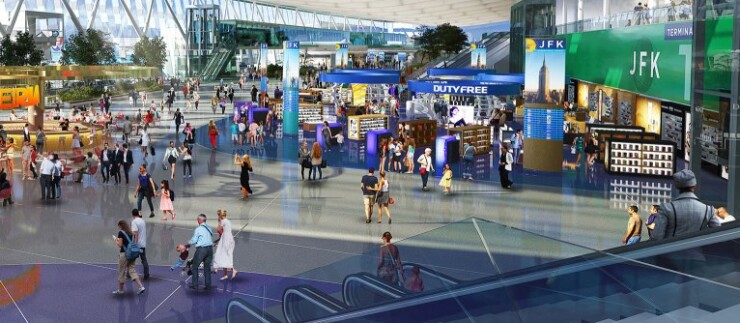Private sector involvement will fuel timely completion of a large-scale overhaul of
Gerrard Bushell, who was

"We are thinking about the delivery of this infrastructure from the perspective as an operator, as a commercial provider,” Bushell said at The Bond Buyer’s National Outlook conference during an infrastructure panel. “We are bringing innovation, we are bringing a tremendous amount of experience in terms of investing, developing and operating more than 40 airports across the globe.”
The JFK project is part of the Port Authority of New York and New Jersey’s $13 billion JFK modernization plan slated to include $12 billion of private funding. The airport’s new 2.8 million-square foot main terminal will occupy an area where the exiting terminals one and two are located along with terminal three left vacant in 2014.
Bushell noted that the current main terminal was built in 1998 with envisions of capacity serving 3.3 million yearly passengers, which today has skyrocketed up to 7.7 million. The new terminal will be quadrupled in size with 22 wide body gates compared to only nine in the current facility. It will also yield a net increase of over 2 million square feet from the existing terminals and accommodate larger, wide-body aircraft, Bushell said.
JFK has competitive advantages compared to the Port Authority’s other two major airports — LaGurdia and Newark Liberty — because of having more runway capacity for international flights, according to Bushell. He stressed that a public-private partnership will enable a better quality airport upon completion that can be executed while keeping the existing main terminal open with operators also prioritizing the customer experience. Eleven gates for the new main terminal are scheduled to debut by 2023 with another three to be rolled out in 2024, Bushell said.
“We don’t have the cheapest cost of capital, but we are going to expedite delivery of this project,” said Bushell, who was president and CEO of the Dormitory Authority of the State of New York from





